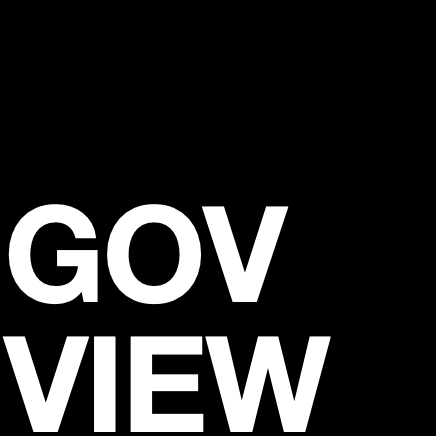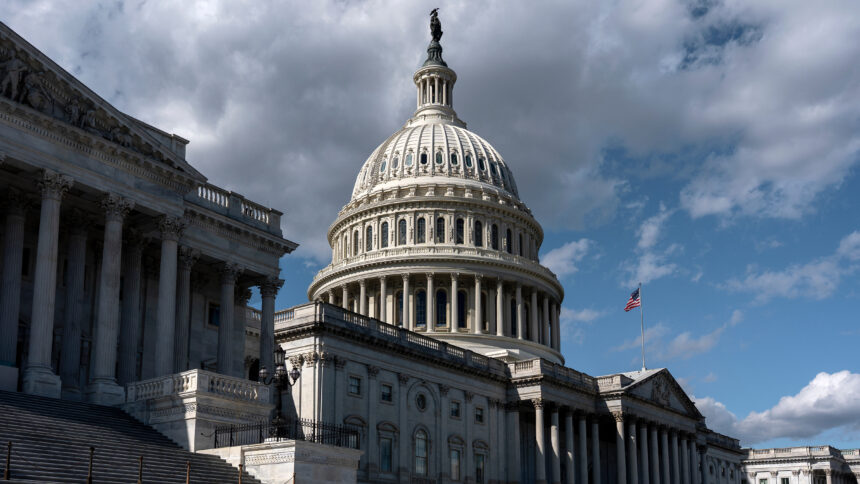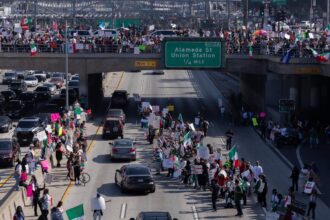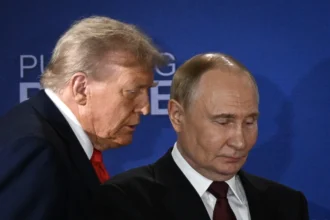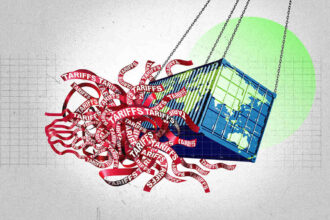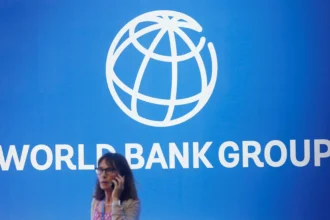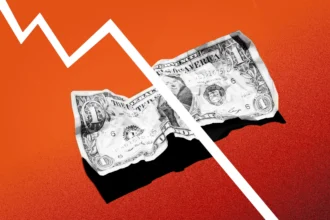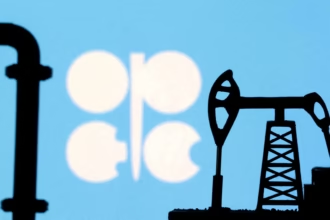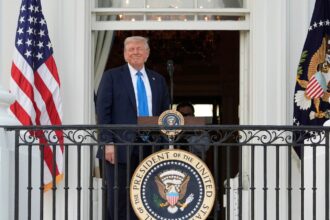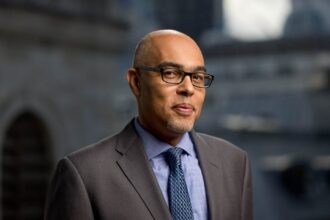Despite months of resilient economic data, Washington is behaving as though the United States has already entered a recession. Lawmakers are warning of economic slowdown, the Federal Reserve is cautiously calibrated between inflation and contraction, corporations are cutting spending, and political rhetoric is filled with economic pessimism.
- The Paradox: Strong Economy, Weak Confidence
- Why Washington Sounds Alarmed
- 1. The Political Recession
- 2. The Silent Crisis: The Middle Class Is Shrinking
- 3. Debt and Deficits Are Fueling Fear
- The Fed Factor: Fear of Overcorrection
- A Recession of Confidence
- So, Are We Heading for a Recession?
- Conclusion: Real Economy vs. Political Economy
Yet, key economic indicators tell a different story: unemployment remains low, GDP growth is steady, consumer spending continues, and corporate profits are strong. So why does the tone coming out of Washington feel recessionary?
The answer lies in the collision of politics, economics, and perception—a psychological recession driven more by fear and policy maneuvering than by data alone.
The Paradox: Strong Economy, Weak Confidence
On paper, the U.S. is not in a recession. The economy has avoided a hard landing, inflation has cooled from its 2022 peak, and labor markets remain stable. But beneath the headline numbers lies deep economic unease:
| Economic Indicator | Current Status | Sentiment Impact |
|---|---|---|
| GDP Growth | Moderate but positive | Encouraging |
| Unemployment | Near historic lows | Strong |
| Inflation | Easing but still elevated | Painful |
| Consumer Sentiment | Negative | Recession-like |
| Credit Debt | Rising sharply | Alarming |
| Home Affordability | Historic low | Crisis level |
Conclusion: Households feel poorer even if the economy is growing—creating a disconnect between economic conditions and economic mood.
Why Washington Sounds Alarmed
Three powerful factors explain why Washington is talking recession—even without one.
1. The Political Recession
With elections approaching, economic messaging is weaponized. Each party wants to frame the economy to its advantage:
- Republicans emphasize inflation, debt, and declining purchasing power to argue the economy is “broken.”
- Democrats highlight job growth and manufacturing revival while warning that Republican obstruction threatens stability.
Result? Recession rhetoric is strategic, designed to mobilize voters through economic anxiety.
2. The Silent Crisis: The Middle Class Is Shrinking
Even without a technical recession, millions of Americans are experiencing a personal recession:
- Real wages have not kept pace with costs.
- Housing, healthcare, and food inflation have squeezed middle-income families.
- Credit card debt has hit record highs above $1.3 trillion.
- Interest rates are at their highest in 20 years.
This creates a consumer recession—spending continues only through debt, masking deeper fragility.
3. Debt and Deficits Are Fueling Fear
The U.S. is on an unsustainable fiscal path:
- Federal debt now exceeds $34 trillion.
- Annual interest payments are larger than the defense budget.
- Washington faces a potential debt crisis within years—not decades.
This is why policymakers behave like recession is imminent: they fear a financial crisis triggered by rising debt costs, not just an economic slowdown.
The Fed Factor: Fear of Overcorrection
The Federal Reserve’s historic rate hikes cooled inflation—but now threaten growth. Businesses are cancelling investments, tech firms are downsizing, and banks are tightening lending. Jerome Powell says a soft landing is still possible—but many economists see growing recession risk if rates stay high.
The Fed is signaling economic concern through cautious language, amplifying recession expectations even without an official downturn.
A Recession of Confidence
Economist Mohamed El-Erian calls it a “recession in trust”—where people stop believing economic data and focus on lived reality. What does that reality look like?
- Rent consumes 35–45% of income
- College tuition debt passes $1.7 trillion
- Retirement savings crisis expands
- Young Americans feel locked out of wealth
Washington cannot ignore this mood. Policies now reflect public frustration, not just market signals.
So, Are We Heading for a Recession?
Not officially—yet. But key risk signals are flashing yellow:
✅ Yield curve inversion — historic recession predictor
✅ Corporate defaults ticking up
✅ Consumer credit delinquencies rising
✅ Small business optimism falling
✅ Manufacturing contraction
The U.S. is not collapsing, but it is weakening—and Washington is reacting early to avoid policy blame later.
Conclusion: Real Economy vs. Political Economy
Washington isn’t acting like the U.S. is in recession because it secretly knows something the public doesn’t. It’s acting this way because:
- Politics rewards fear-based economics
- Debt is becoming a national liability
- The middle class is eroding silently
- Confidence is collapsing faster than GDP
This is not a traditional recession. It’s a crisis of affordability, stability, and belief in the future. And unless wage growth, productivity, and housing affordability improve, the psychological recession will become a real one.
